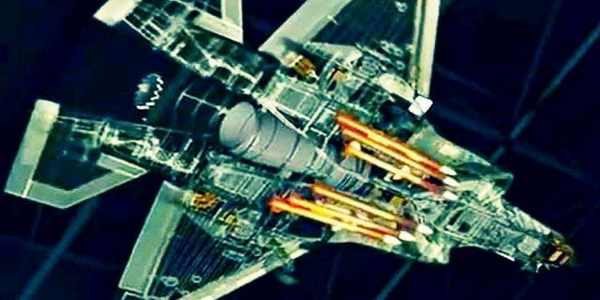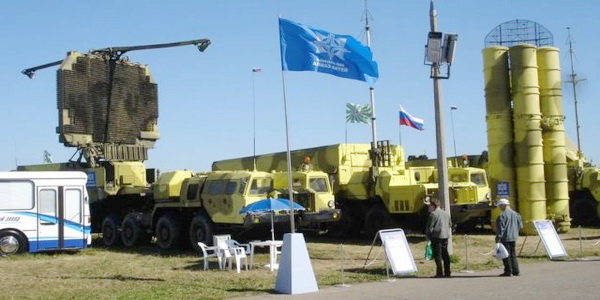Two months ago, an interesting incident occurred with the American F-35 stealth fighter pilot who flew near Ukraine last year. As Craig Andrell tells it, his role was to fly the F-35 over Ukraine and the plane's radar to scan into Ukraine.
In this way, Andrell recalled, not only was NATO's combat capability preserved during the war, but the information gathered was also provided to the Ukrainian leadership. But one of his stories grabs our attention more than his daily activities.
He recalls that on one of his flights, ground control in Germany informed him of the location of a specific Russian S-300PMU-1 air defense system in Belarus. Andrle was asked to use the F-35's radar as it passed across the Ukraine-Polish-Belarusian border to confirm the system's location.
Andrell was very surprised when he did not detect the air defense system at all, which, according to other intelligence, had been in place even hours before. It later emerged that the S-300PMU-1 was in "war reserve mode".
What is "war reserve status"?
War Reserve mode is a feature of the S-300PMU-1 air defense system that allows it to operate in a limited capacity even if some of its components are damaged or destroyed during conflict. This mode is designed to ensure that the system can continue to function even if it suffers damage from enemy fire or other sources.
When the S-300PMU-1 is in "war reserve" mode, it will automatically switch to spare components and systems if major components are damaged or destroyed. For example, if the radar antenna is destroyed, the system will switch to a backup antenna to continue tracking targets. This helps ensure that the system continues to function effectively even under enemy attacks.
When the S-300 is attacked
War Reserve Mode is typically used in situations where the S-300PMU-1 is under attack or is in danger of being attacked. By switching to this mode, the system can continue to provide air defense cover even if it suffers damage. This can be particularly important in a conflict situation where the ability to defend against enemy air attacks can be critical to the success of military operations.
The "war reserve" mode of the S-300PMU-1 air defense system is a feature that allows the system to conserve its resources and extend its operational life. In this mode, the system is partially or completely shut down, leaving only essential components active. This reduces system wear as well as saving fuel and other resources. But despite this, the system continues to provide air defense cover, but only when it is absolutely necessary.

cons
Taking into account all that has been said above, we can conclude that the "war reserve mode" gives advantages to the air defense battery at specific times. But where there are advantages, there are also disadvantages. It is the same in this case.
One major drawback is that the system is less responsive and less able to detect and respond to threats when in this mode. This can make it vulnerable to attack, especially if the enemy can launch a surprise attack or flood the system with a large number of targets.
Another potential drawback is that the system may take longer to reactivate and become operational again after being in "war reserve mode". This can be a problem if the system needs to quickly deploy in response to a threat, as it may not be able to react in time to prevent the attack.
In general, the decision to use a War Reserve Mode should be based on a careful assessment of the risks and benefits involved. Although it can be an effective way to conserve resources and extend system life, it should only be used when the benefits outweigh the potential drawbacks and risks.

Why didn't you spot the F-35 S-300PMU-1?
We need to go deeper into the interpretations. Here's what happened on the day in question to Andrell and his F-35. He flew the prescribed route. It was tasked with confirming the geolocation of the S-300PMU-1 in Belarus.
So Andrle activated his fighter's radar to scan targets effectively. In a similar situation, the F-35 sees it all. In this mode, the F-35's radar receives all active signals that bounce back to the F-35.
But at the same time, the S-300PMU-1 has turned off active scanning mode and switched to passive scanning mode. I.e. the Russian air defense system does not look for an enemy, it only listens. When the S-300 radar listens, it does not return signals, i.e. signals do not bounce. Thus, the F-35 radar cannot currently detect that it has a passively activated air defense system, as it does not receive active signals from it.
The S-300PMU-1 air defense system has several modes of operation, including “normal mode”, “combat mode” and “war reserve mode”. “Normal mode” is used in peacetime and is intended for regular training and system maintenance.
“Combat mode” is used during military operations, when the system is actively engaged in the detection and engagement of targets.

